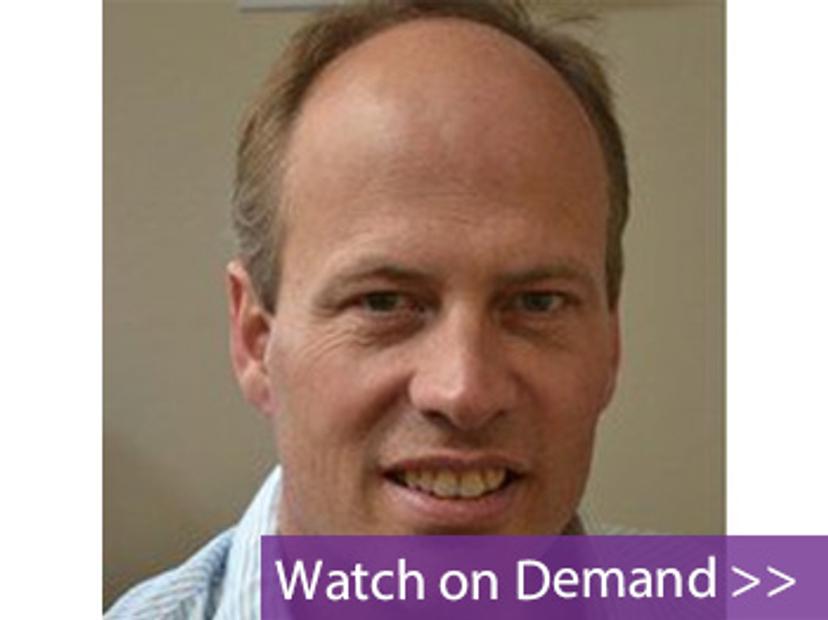Lowering NGS analysis cost at lightspeed
Watch this on-demand webinar to learn about the QIAGEN CLC LightSpeed, an analysis software for WES and WGS data
19 Apr 2023

Advances in next-generation sequencing (NGS) technologies over the years have significantly decreased the cost of whole genome (WGS) and whole exome (WES) applications, such that they are considered the standard of care within multiple healthcare organizations. Arguably, the most significant NGS challenges lie within data analysis and interpretation. Various parameters such as sensitivity, specificity, cost and speed are critical for secondary analysis, while accurate, comprehensive and up-to-date content is required for reliable interpretation. These aspects are crucial, especially where rapid turnaround times are critical for improved health outcomes. There’s no better example than the implementation of WES and WGS in the neonatal and pediatric intensive care units (NICU/PICU).
In this free on-demand SelectScience® webinar, join Dr. Leif Schauser, Director of Global Product Management at QIAGEN, to learn about QIAGEN CLC LightSpeed, a secondary analysis software that dramatically reduces the cost and time it takes to analyze WES and WGS data and generate actionable insights.
Key learning objectives
- Learn how to process FASTQ files to obtain quality variant cells in minutes
- Discover how LightSpeed can be used on existing laptops, desktops, servers, HPC or in the cloud
- Learn how LightSpeed will reduce your cost without sacrificing quality
- Explore how LightSpeed enables the fastest WES and WGS workflow from FASTQ to report
Read on for highlights from the live Q&A session, or watch the webinar on demand, at a time that suits you.
Can I run FASTQ files from multiple samples in batch mode?
LS: Yes. That is easily done by having the workflow started, and then simply click on the batch button that is available just like any other workflow in the Workbench, and then it will run those in parallel.
Do I have to pay per analysis, or can I buy an annual license?
LS: At the moment you buy an annual license, providing a subscription to the CLC LightSpeed module, which comes with the premium version of the Workbench. From there on, you pay nothing to QIAGEN, but only to your hardware provider. That could be Amazon or somebody local. So, that's where you save the money. That's why it becomes cheaper in the long run because you save so much on energy costs.
Does this only work for human samples?
LS: This works for any diploid species, so plants or fungi, whatever. We have also the option to make this polyploid, and we are testing that at the moment. We will probably release that in June or August, enabling the analysis of wheat and other polypoid species. But it's easily done to exchange the reference genome from human to any other species.
Does it matter which sequencing platform we use to generate the FASTQ files?
LS: Yes. So, it's not very flexible at the moment. It's a little bit locked to the most generic platform, which is the paired-end 150 base pairs. It doesn't matter if reads are shorter or longer, but it can only read paired-end. We are well aware that other sequences, like Ultima for example, don't have paired-end reads – and that will be enabled in a future release soon. Long reads are not yet supported, so, this will not work on PacBio reads, for example.
How does this compare to Illumina's DRAGEN?
LS: Illumina's DRAGEN is 20% slower, and more expensive to run because it is hardware-accelerated, meaning you have to order a server from Illumina that has to be shipped and installed. If you want to use DRAGEN in the cloud, there's not an infinite amount. Even in BaseSpace, there's no unlimited amount of DRAGENs. So, you come into queuing systems where DRAGEN hardware is the limiting factor. That's probably the very biggest difference to DRAGEN, the flexibility of deployment.
SelectScience runs 10+ webinars a month across various scientific topics, discover more of our upcoming webinars>>

